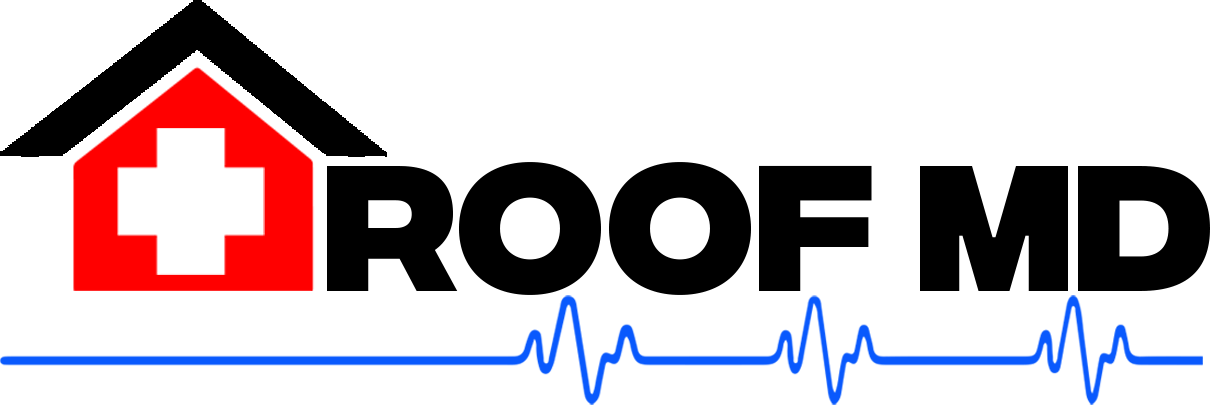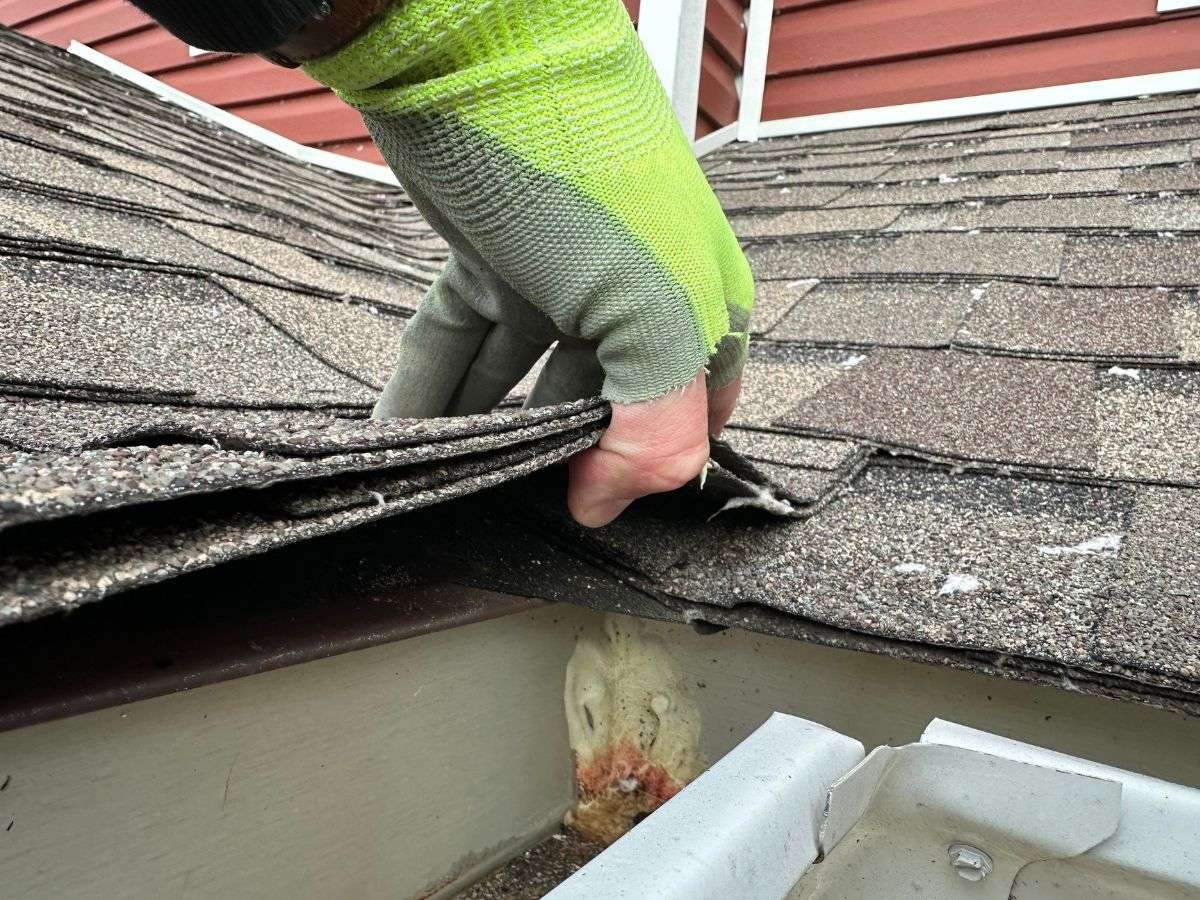
Roof Repair FAQ
Need Roof Repair and have questions? We’re here to help. Read our Roof Repair FAQ and get the answers your need to your most Frequently Asked Questions about repairing your roof. If you have questions not covered below, feel free to reach contact us anytime!
Call us at toll-free at 866-601-2408 or fill out a inspection request below!
MOST FREQUENTLY ASKED ROOF REPAIR QUESTIONS
- What are the most common causes to wear out my roof?
- What are the most common signs of a roof leak?
- If I see a roof leak, what should I do?
- How do I know if I need a new roof or roof repair?
- When is the best time to repair a roof?
- What is a Roof Inspection?
- How much does a Roof Inspection cost?
- How quickly can you be on-site for an inspection?
What are the most common causes to wear out my roof?
Wind, Hail, and UV rays from the sun represent the primary culprits behind the wear and tear experienced by roofing materials. Over time, the relentless exposure to these elements can significantly weaken the structural integrity of your roof. This gradual deterioration often leads to the development of leaks, which can cause further damage to the interior of your home if left unaddressed. Additionally, other forms of damage, such as broken or missing shingles, can arise, compromising the roof’s ability to protect your home from weather conditions efficiently. Regular inspections and maintenance are essential to mitigate these risks and extend the lifespan of your roof.
What are the most common signs of a roof leak?
The most common signs of a roof leak include water stains that appear on your ceiling or walls, which often indicate moisture seeping through. Another telltale sign is missing or damaged shingles, which can compromise the integrity of your roof, allowing water to enter your home. Additionally, experiencing leaks during rainstorms is a direct indicator of a compromised roof structure. Other less obvious signs include bubbling paint on ceilings or walls, a sagging roof deck that indicates trapped moisture, or the appearance of noticeable water bubbles trapped in the insulation or between layers of roofing materials. Each of these signs points to potential roof damage that, if left unaddressed, can lead to more serious issues. Observing any of these symptoms suggests the urgent need to contact a roofing professional to assess the situation and carry out necessary repairs to prevent further damage to your home.
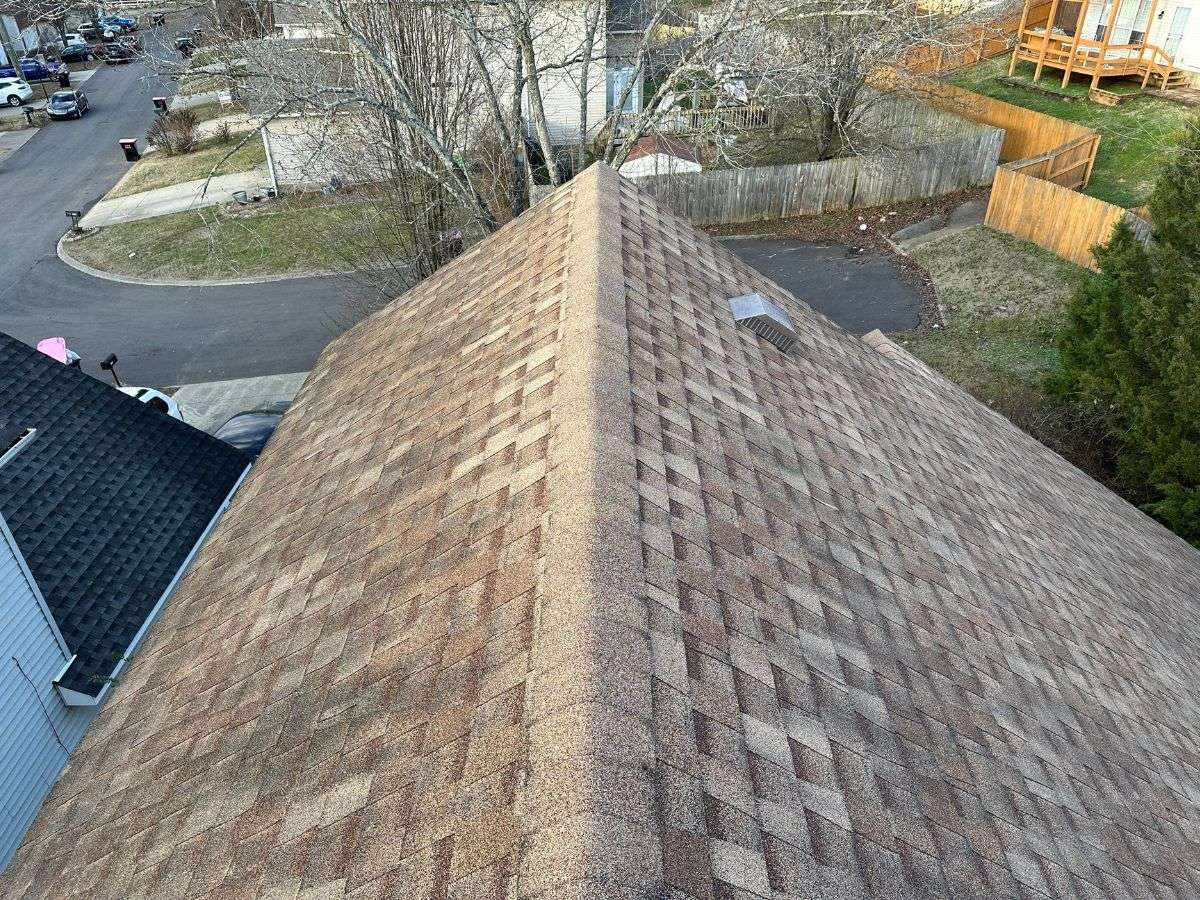
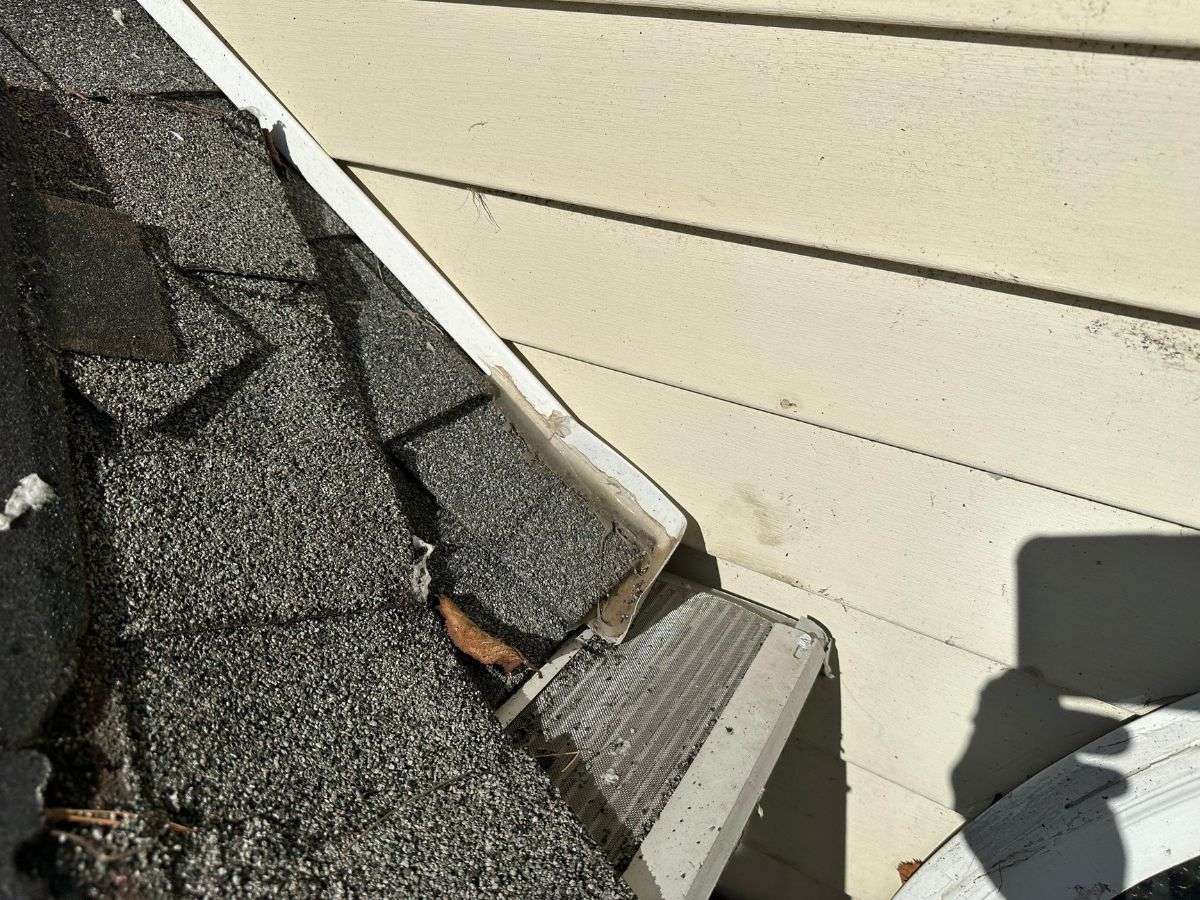
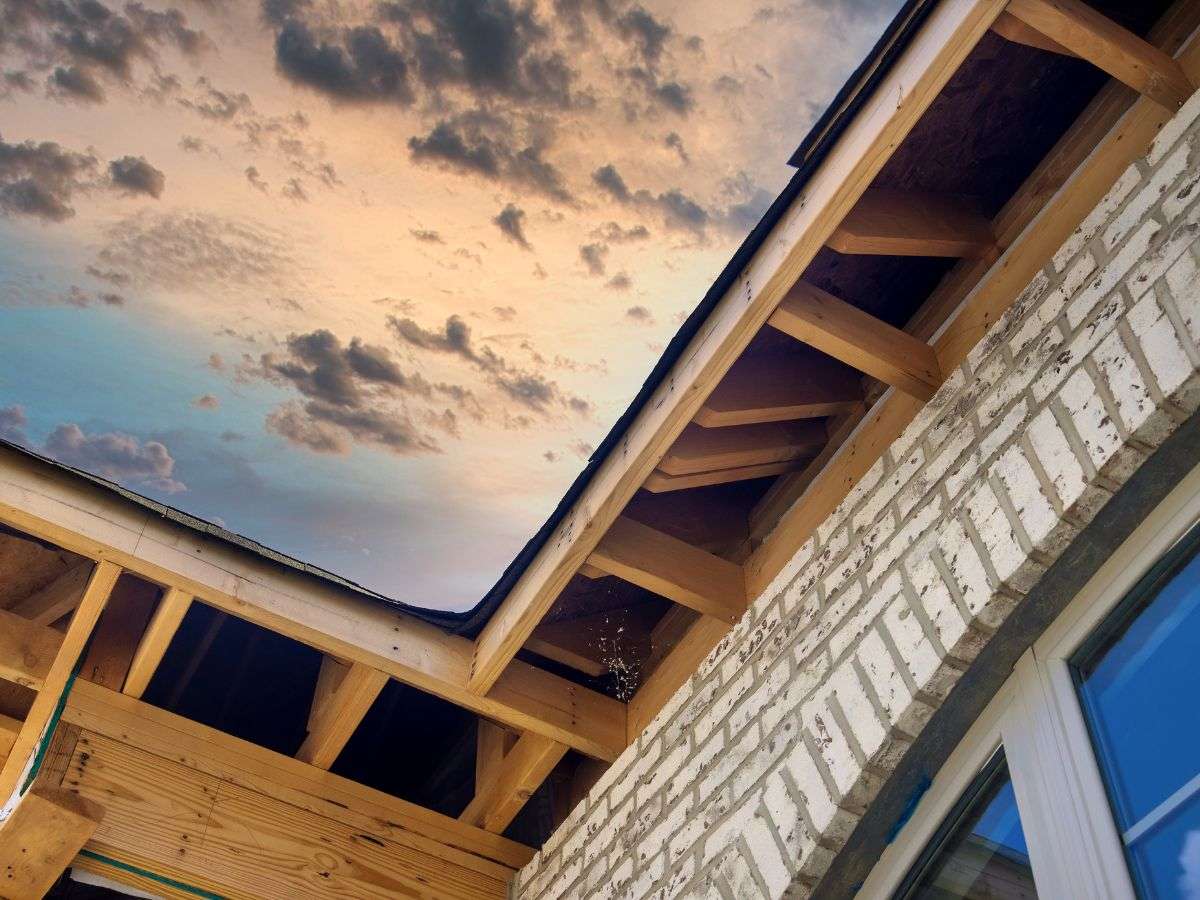
If I see a roof leak, what should I do?
Immediately contact a roofing contractor to perform an inspection. If there is dripping, it’s usually preferable to make a tiny drainage hole in the ceiling so that the water can drain and not soak your drywall, which will result in a more expensive repair later. In general, a quick response is the most important thing, the longer you wait, the more damage could be done, so schedule your FREE roof inspection ASAP.
How do I know if I need a new roof or roof repair?
The short answers is it depends. The long answer is depends on numerous factors, including the roof’s age, style, maintenance history, and its current condition. If your roof is leaking, has missing shingles, or suffers from damaged fascia, these are significant concerns. Additionally, if your roof has been re-shingled over older shingles, this is a major warning sign indicating the need for a roof replacement. For a more detailed explanation read our piece about roof repair vs roof replacement.
When is the best time to repair a roof?
The optimal moment for roof repair is precisely when it becomes necessary. While there might be a seasonally preferred time for such repairs, it’s crucial to address roof issues as soon as they arise to prevent further damage. Our team of skilled roof repair technicians stands ready to assist, come rain or shine. They bring expertise and equipment to handle repairs in any weather conditions, ensuring your roof remains in top condition throughout the year.
What is a Roof Inspection?
A thorough roof inspection involves an expert inspection, assessing your roof for damage, potential issues, and maintenance needs. We check for missing shingles, leaks, sealing problems, and structural issues. After the inspection, we provide a detailed report with highlighted concerns, professional advice, and repair estimates. This ensures you’re informed about your roof’s condition and the best actions to maintain its longevity and performance.
How much does a Roof Inspection cost?
Nationally, Roof Inspections can range from $100 to $300 but at Roof MD we offer FREE Roof Inspections and Estimates.
How quickly can you be on-site for an inspection?
We are typically on-site within 48 hours.
Curious about how our roof repairs begin? Every job starts with a thorough inspection to accurately identify what needs repairing, rather than automatically suggesting a full replacement. We provide you with a detailed overview before quoting the necessary repairs. Watch this inspection video to see what we encounter every day.
Common Roofing Terms Everyone Should Know
When a roof is damaged or in need of repair, homeowners are often confronted with a lot of unfamiliar terminology. Understanding these terms can help you better communicate with your contractor and make informed decisions about your roof repair.
Shingles: These are flat or curved overlapping elements that cover the surface of the roof. They are often made from materials like asphalt, wood, or slate and serve as the primary protective layer against weather elements, contributing to both aesthetics and durability.
Flashing: These are thin metal strips, typically made of aluminum or galvanized steel, used to prevent water from seeping into joints and edges of the roof. Flashing is crucial around areas prone to leaks, such as chimneys, vents, and skylights, ensuring a watertight seal.
Underlayment: A secondary layer of material, usually made from felt or synthetic materials, that provides an extra barrier against moisture and weather for the roofing structure. It is installed beneath the shingles to enhance waterproofing and protect the roof deck.
Decking: Also known as sheathing, this is the base layer of a roof that supports all other components. It is usually constructed from plywood or oriented strand board (OSB) and provides a stable foundation for the entire roofing system.
Fascia Board: This is a flat board that runs along the edge of a roof, typically used to hold gutters in place. It plays a key role in waterproofing and protecting the roof’s edge, as well as improving the overall appearance of the roofline.
Soffit: Located on the underside of the eaves, the soffit is often ventilated to allow for air circulation in the attic. Proper ventilation helps prevent moisture buildup and regulates temperature, thus protecting the roof structure and enhancing energy efficiency.
Ridge: The ridge is the highest point on a sloped roof where two sides meet. It is often capped with ridge shingles or a ridge vent, which help with ventilation and provide a finished look to the roof’s peak.
Valley: This is the internal angle formed by two sloping roof sections coming together. Valleys are critical for directing water runoff and must be properly flashed to prevent leaks and water damage.
